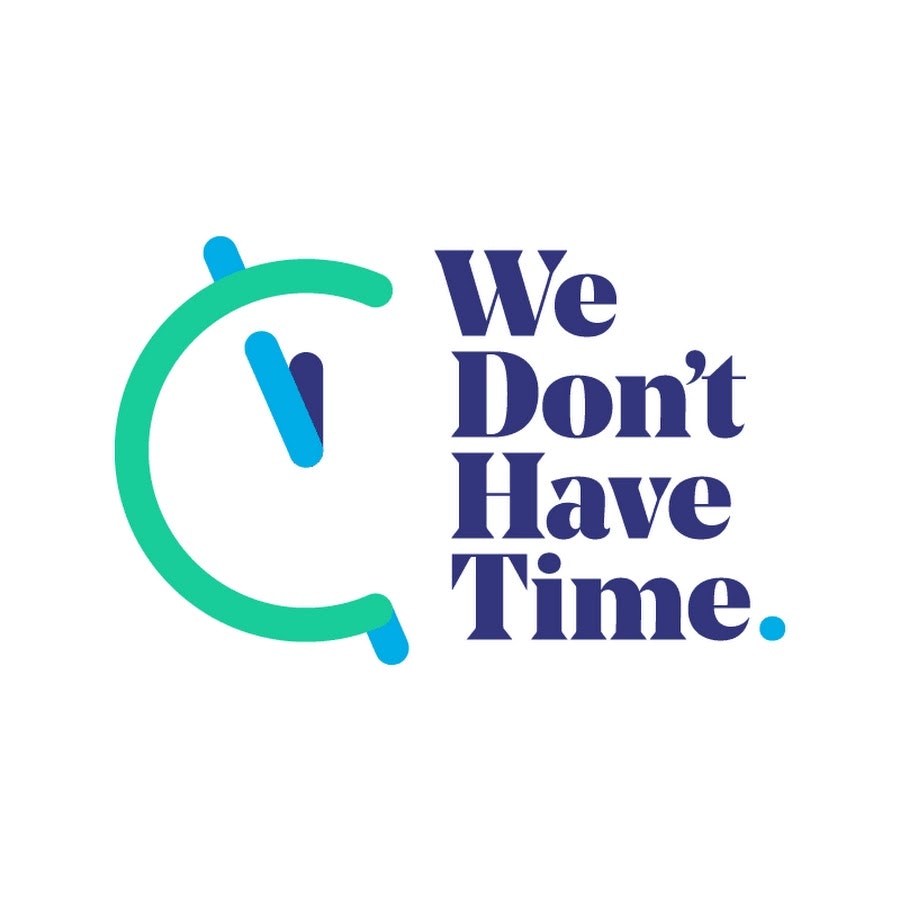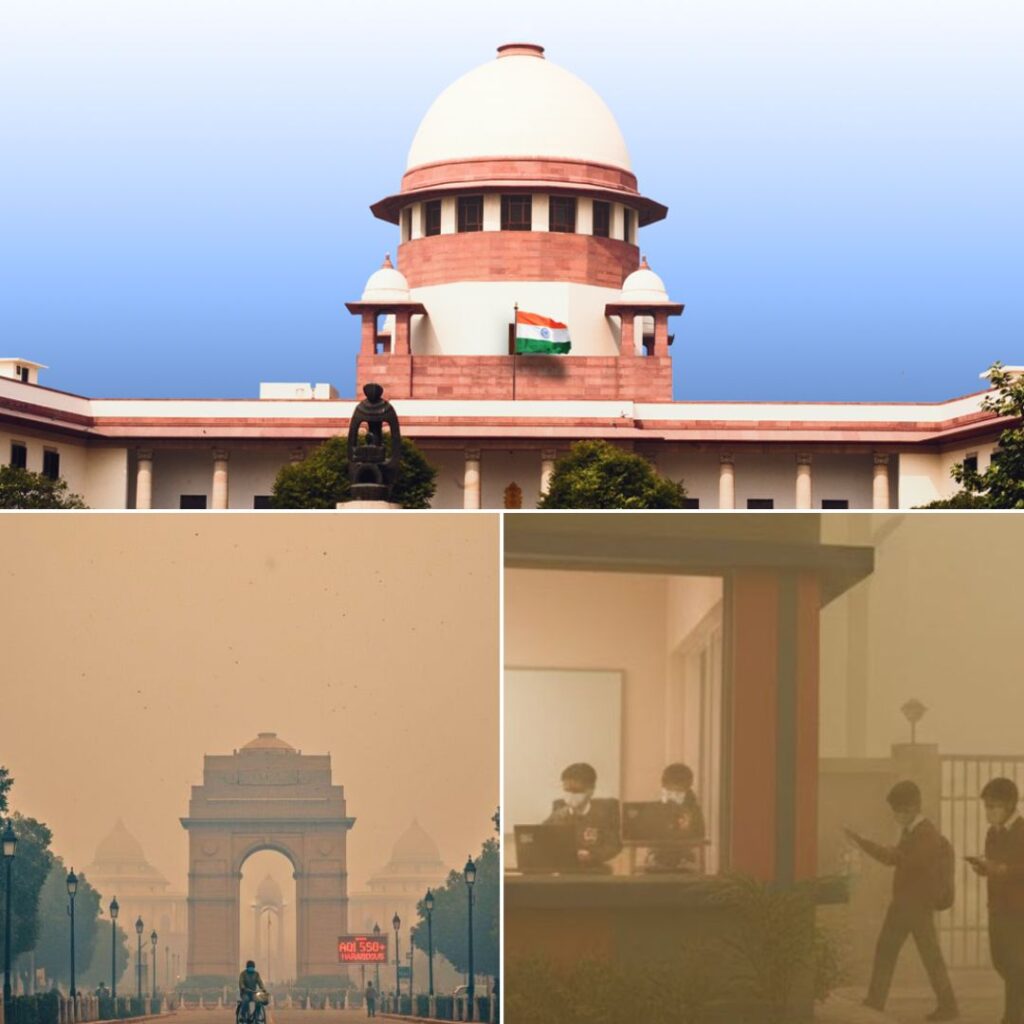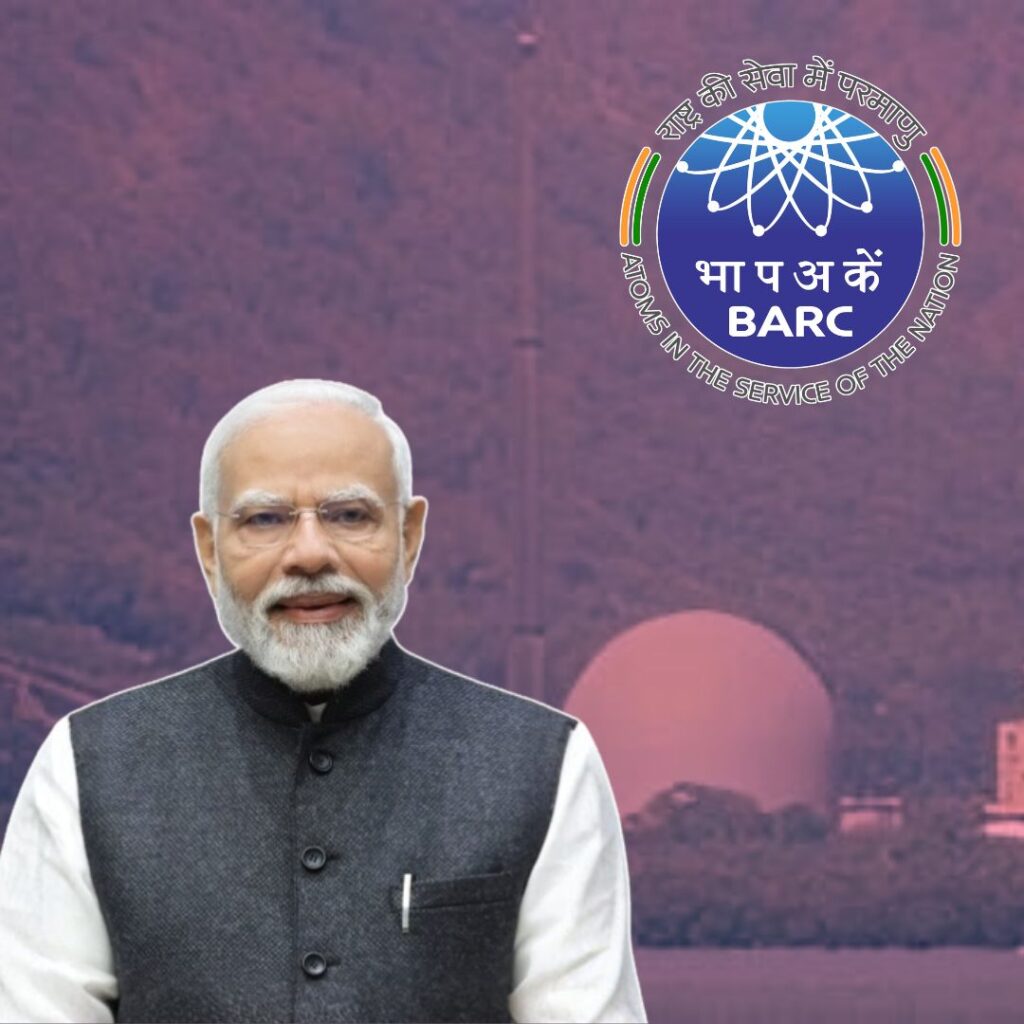The Prime Minister released country’s first ever National Disaster Management Plan on Wednesday, June 1. The plan, which aims to make India disaster resilient and reduces the loss of lives, covers all phases of disaster management – Prevention, Mitigation, Response, and Recovery.
Where does National Disaster Management Plan come from? Section 11 of the National Disaster Management Act 2005 mandates preparation of a national plan by the national executive committee headed by Union home secretary. However, a decade-past the Act, no such plan had been drawn up.
The Plan seeks to fulfill goals and priorities set out in the Sendai Framework for Disaster Risk Reduction.
United Nation’s ‘Sendai Framework’: The Framework was adopted by member-states on March 18, 2015, at the third UN World Conference on Disaster Risk Reduction in Sendai, Japan.
The four priority themes of the Sendai Framework are:
Understanding disaster risk Improving disaster risk governance Investing in Disaster Risk Reduction (DRR) through structural and non-structural measures Disaster preparedness, early warning and building back better in the aftermath of a disaster
Vision of the Plan: Make India disaster resilient, achieve substantial disaster risk reduction, and significantly decrease the losses of life, livelihoods, and assets – economic, physical, social, cultural and environmental – by maximizing the ability to cope with disasters at all levels of administration as well as among communities.
Salient features of the plan:
The plan covers all phases of disaster management: Prevention, Mitigation, Response, and Recovery.
For each hazard, the approach is under the five Thematic Areas for Actions:
Understanding Risk Inter-Agency Coordination Investing in DRR – Structural Measures Investing in DRR – Non-Structural Measures Capacity Development
The NDMP is a dynamic document since it will be periodically improved keeping up with the emerging global best practices and knowledge bases in disaster management. To prepare communities to cope with disasters, it emphasizes on a greater need for Information, Education, and Communication activities.
Response The “Response” part of the Plan has identified 18 broad activities which have been arranged in a matrix:
Early Warning, Maps, Satellite inputs, Information Dissemination Evacuation of People and Animals Search and Rescue of People and Animals Medical Care Drinking Water/ Dewatering Pumps/ Sanitation Facilities/ Public Health Food & Essential Supplies Communication Housing and Temporary Shelters Power Fuel Transportation Relief Logistics and Supply Chain Management Disposal of Animal Carcasses Fodder for livestock in scarcity-hit areas Rehabilitation and Ensuring Safety of Livestock and other Animals, Veterinary Care Data Collection and Management Relief Employment Media Relations
Disaster Risk Governance The Plan has also incorporated a Chapter on Strengthening Disaster Risk Governance. The plan has a regional approach, which will be beneficial not only for disaster management but also for development planning. It provides for horizontal and vertical integration among all the agencies and departments of the Government right up to Panchayat and Urban local body level in a matrix format. The matrix has six thematic areas in which Central and State Governments have to take actions to strengthen disaster risk governance:
Mainstream and integrate DRR and Institutional Strengthening Capacity Development Promote Participatory Approaches Work with Elected Representatives Grievance Redress Mechanism Promote Quality Standards, Certifications, and Awards for Disaster Risk Management
Lesson on reconstruction Globally, the approach towards post-disaster “restoration” and “rehabilitation” has shifted to one of betterment “reconstruction”. However, the NDMP provides a generalized framework for recovery since it is not possible to anticipate all the possible elements of betterment reconstruction.
Ethical guidelines on media coverage of disaster The memory of live-streaming of rescue operations by security forces and the alleged damage during the 2008 Mumbai terrorist attack is still fresh in everyone’s mind. The plan calls for ethical guidelines for the media for coverage of disasters as well as self-regulation. It appeals the media to respect the dignity and privacy of affected people.
The Indian Broadcasting Federation already has self-regulation guidelines for coverage of events such as disasters. But NDMP is seeking more comprehensive guidelines.
It calls for mechanisms for broadcasting warnings, do’s and don’ts to media and public before, during and after the disasters. It also seeks to stop rumors and spread of panic by directing the authorities and a nodal officer to schedule regular media briefing.
The Plan also wants agencies to disseminate information about potential disasters through the media and capacity…











